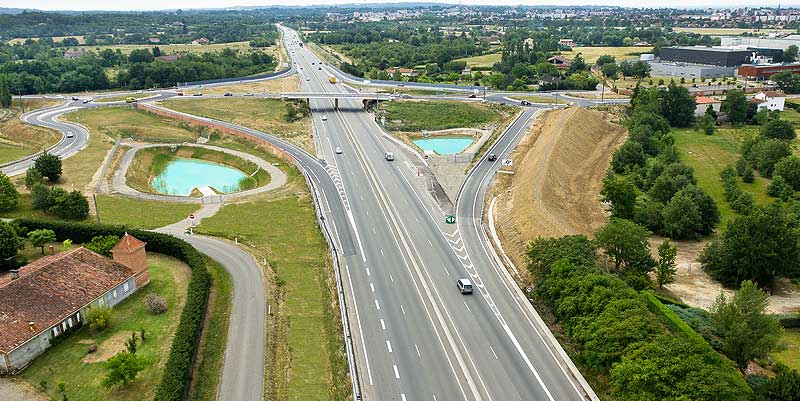UNITED NATIONS – Covid-19 has unleashed interlinked risks around the world, particularly for vulnerable people, a new United Nations study found. United Nations University (UNU) and the UN Office for Disaster Risk Reductiondisclosed this Monday 4.
The pandemic “must be a wake-up call for all of us. We need to analyze the risks in a more comprehensive way, especially in those risk connections that are not evident at first glance”, said the UNU vice-chancellor in Europe, Shen Xiaomeng.
From the bustling city of Guayaquil, in Ecuador, to the mangroves of West Bengal in India, and from the Indonesian archipelago to the tropical coasts of Togo in West Africa, the systemic risks associated with covid are exposed in the report “Rethinking the risks in times of covid-19”.
Millions of people who were already struggling to make ends meet, often working in the informal economy of the agricultural sector and surviving below the poverty line, faced a series of new risks they could not have foreseen. .
Among them the lack of employment, indebtedness, civil and domestic violence, the derailment of children’s education, and fewer opportunities. In many places, women suffered disproportionately due to existing gender bias in society.
In each of the four places studied – five field investigations were carried out in 2021, by the UNU Institute of Environment and Human Security – a cascade or domino effect is observed that spread through societies far beyond the immediate effects of the pandemic itself.
It concludes that “our world is interconnected through systems that come with associated and volatile risks that have revealed, and reinforced, vulnerabilities throughout society.”
In the Ecuadorian port city of Guayaquil, for example, families already living in overcrowded conditions suffered more from stay-at-home orders than those in more favorable living situations.
The city’s health system reached a turning point in a matter of weeks, after the first case was detected in February 2020, which caused a high number of corpses to remain unattended in hospitals and residences, as well as in streets.
The images of bodies accumulated in the streets that circulated through the media around the world showed what happened when the covid reached densely populated urban areas.
According to the UNU, before covid the interrelationship of such risks was not evident in our daily lives, nor was the systemic nature of these risks, that is, how they affected, or could potentially affect, entire societies beyond the problem itself.
Other examples of this interrelation are seen in how climate change, natural disasters and, more recently, the global consequences of the war in Ukraine, “show that our world depends on a complex, often fragile network of interdependent factors”, the study noted.
“If it is destabilized, it can have devastating effects on entire societies,” he added.
For example, since Ukraine and Russia are the world’s leading producers of cereals and fertilizers, one of the indirect effects of the war is seen in the increase in world food prices.
This has resulted in rising costs of living for those who can afford them and pushes those who can’t into greater food insecurity, the study underlined.
If the appearance of covid forced a broader perspective on systemic risks, the good news is that it has broadened its understanding and how to address them.
The first step to take “is to understand how things are connected. The cascading effects caused by covid made it possible to detect the correlation that exists in many of these systems and to assess whether they work as expected.”
Another is to identify the implicit trade-offs in the policies: various measures imposed by covid, such as school closures, lockdown requests or travel restrictions, have had widespread effects.
This highlights the need to assess and evaluate the possible trade-offs and cascading effects of introducing these measures, as they can have unexpected repercussions and aggravate existing vulnerabilities in society.
A third measure is to “focus on system recovery processes leaving no one behind.”
For example, “in the context of the pandemic, that became a reality with the creation of jobs that followed the provision of financial assistance by governments, charities and NGOs, or the advances in digitization that followed the home confinement measures.
A-E/HM
–


